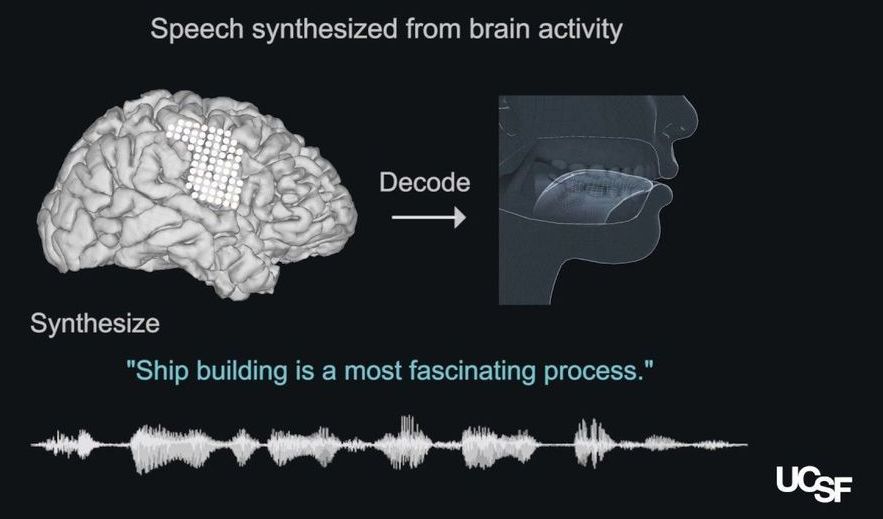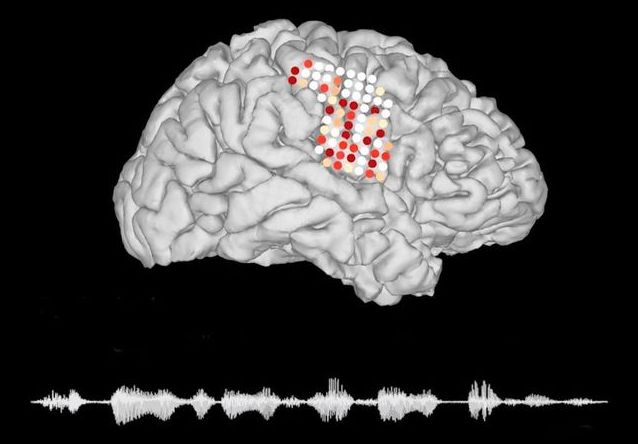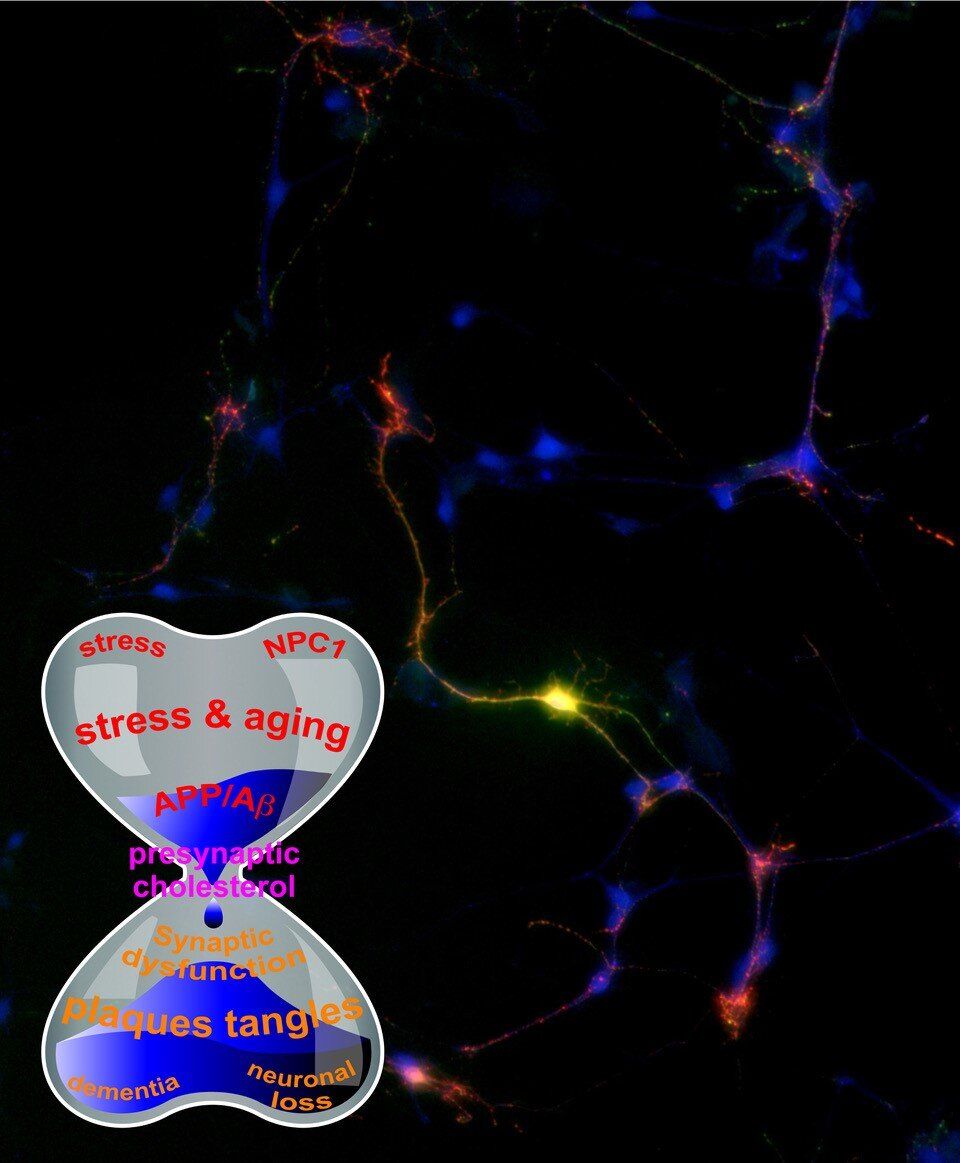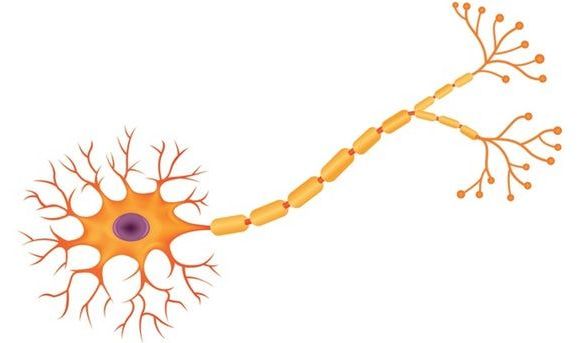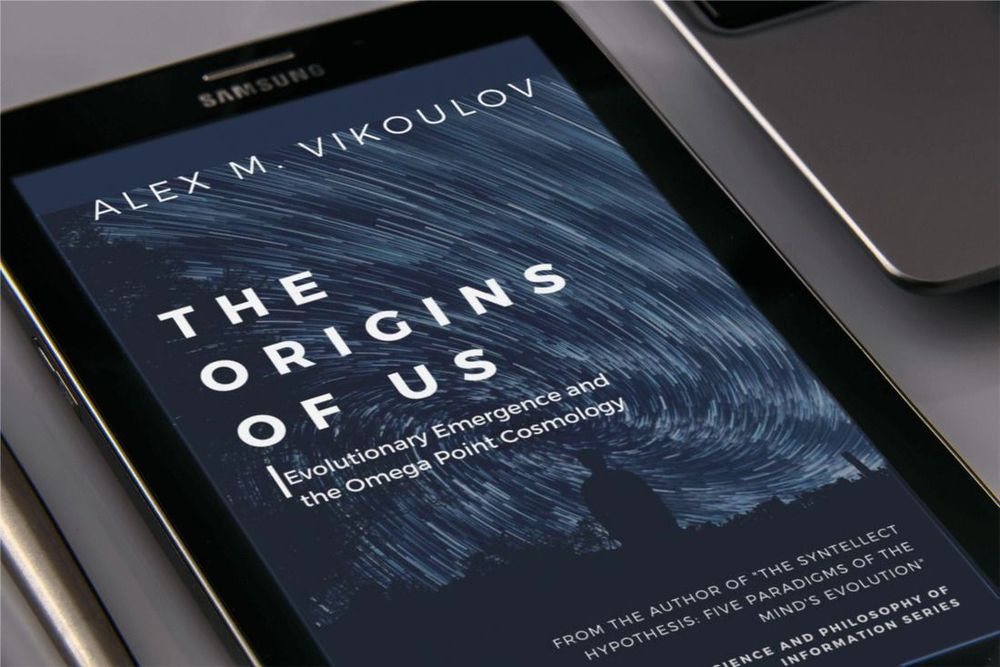Using human cancer cells, tumor and blood samples from cancer patients, researchers at Johns Hopkins Medicine have uncovered the role of a neurotransmitter in the spread of aggressive cancers. Neurotransmitters are chemical “messengers” that transmit impulses from neurons to other target cells.
The work, described in the April 9 issue of the journal Cell Reports, found that this neurotransmitter, called N-acetyl-aspartyl-glutamate (NAAG) NAAG is more abundant in cancers with a tendency to grow and spread rapidly—or so-called higher grade cancers—than in lower grade tumors, making it a potential marker for tumor progression or regression during cancer therapy, the researchers say. The experiments also demonstrated that NAAG is a source of glutamate, a chemical that cancer cells use as building blocks to survive, in tumors that express an enzyme called glutamate carboxypeptidase II (GCPII). The group also discovered that stopping the GCPII from being active by using a drug called 2-PMPA to treat human ovarian tumors implanted in ovaries of mice, reduced tumor weights and glutamate concentrations.


